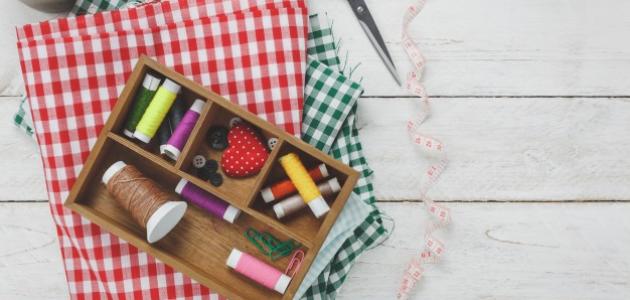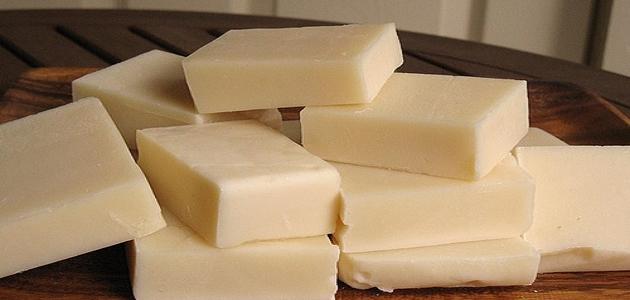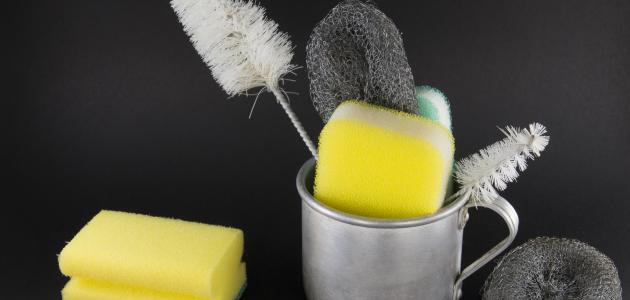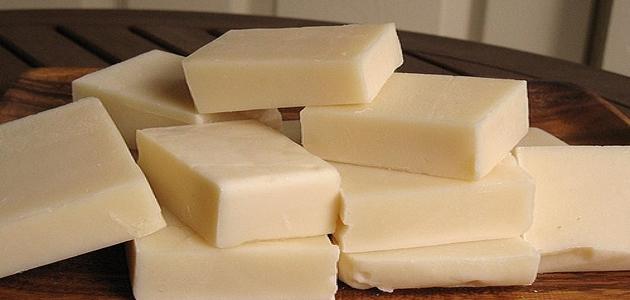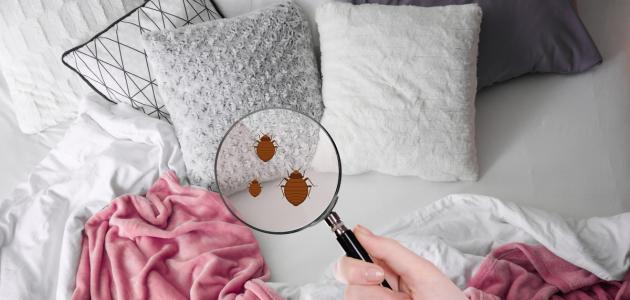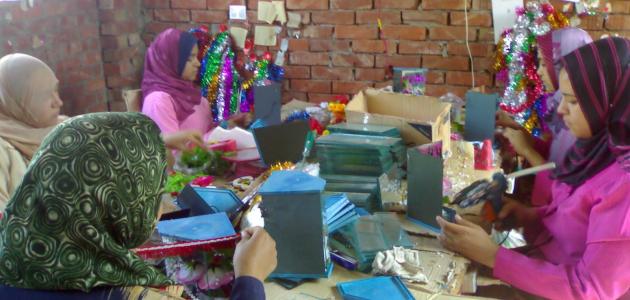sewing
With the development of life and the progress of industries, the sewing machine has become a substitute for manual sewing. Nowadays, the garment industry and automatic sewing have made great progress. Despite that progress, the desire to learn sewing and tailoring clothes manually or using a sewing machine is still there. Learning to sew is not difficult, and that is by knowing the basics of sewing.
How to learn to sew
In the past, sewing was inherited from generation to generation, as mothers were the main source for learning sewing and its arts, but in the current era, there are many methods that can teach anyone how to sew, and among these methods are the following:
- Family and friends: It is likely that a family member or friend can sew and have the ability to give lessons and help teach how to sew.
- Free online lessons: There are many websites that have free tutorials and written lessons as well as YouTube videos and more.
- Direct learning: Taking lessons in specialized centers or workshops is very useful. Because it provides interaction between the teacher and the learner, in addition to the possibility of asking questions and obtaining sufficient information.
- Books: Books are great sources rich in useful information about learning the basics of sewing and how to use and care for a sewing machine, as books provide sufficient experience and information that help learn sewing.
Learn to sew and detail
Sewing is not just a piece of cloth and a set of threads, but rather an art that pays attention to details to make the cloth a beautiful piece of clothing that can be worn. Learning sewing and detailing depends mainly on learning the basics of sewing.[XNUMX] Here is an explanation of the basics of learning to sew:
Read also:How to remove the smell of carpet glueLearn the basics of sewing and tailoring clothes
- Before starting to learn sewing, you must know the tools needed for sewing, choose the appropriate patterns, and take the measurements that are needed to sew clothes that fit the body.
- Choosing a suitable sewing machine. There are two types of sewing machines, each with its pros and cons, which must be known in order to choose the appropriate machine according to the user’s needs, and they fall under the name:
- Household machines: They are small in size and can be carried from one place to another. They can also do different types of stitches.
- Industrial machines: they are characterized by their ability to sew heavy fabric at a high speed, but they occupy a large space in the place.
- Know the parts of a sewing machine and learn how to operate and work with it.
- Take the appropriate measurements, to do the sewing to the fullest.
- Start by designing and sewing something simple with one piece or by using a trial piece of cloth, until the basics of sewing are known properly.
Choose a sewing pattern
- An individual's pattern or design can be designed and drawn on carbon paper, and ready-made pieces of clothing can also be used, in addition to using previously taken measurements, and a search for ready-made design patterns can be done via the Internet.
- After completing the drawing of the design, it is placed on the pieces of cloth that have been chosen to take the appropriate shape and location, and then they are drawn on the cloth with chalk.
- You must make sure that the piece of cloth is ironed well to obtain a wrinkle-free piece so that the size and shape of the clothes do not differ after sewing, then it is placed on a straight surface.
- The pieces of designs can be attached to the fabric using pins, then cut according to the shape fixed on them. After that, the pieces of designs are removed and the appropriate shape and size of the fabric is obtained.
Sewing clothes
- Choose the two pieces whose edges will be sewn together, then their edges will be fixed along the seam line using small pins.
- Ensure that the person's sewing machine is stable, and that the appropriate sewing needle is used.
- Sew the stitched edges of the cloth together, and every time one edge is stitched to get a complete piece of clothing ready at the end, then make sure that all edges of the piece or any other additions have been sewn properly.
Handmade sewing
With the development of life, the sewing machine has become easier for the individual to sew, but despite this progress, the need for manual sewing is essential, as when starting to learn the craft of sewing, whether it is for work or a hobby, you must start learning manual sewing first, in order to know the types of stitches, the method of sewing clothes, buttons, zippers, or adding beads, decorations, and the types and nature of fabrics.
Read also:Glass polishing methodSewing kit
Knowing the sewing tools and their uses is very important when starting to learn sewing, and there are many different tools, including what is necessary for the sewing process, and others that can be dispensed with. Here are some sewing tools:
- the scissors: Scissors are important tools in sewing, and it is good to have large and long scissors to cut fabrics, in addition to small scissors to cut the ends of the threads without damaging the fabrics.
- tape measure: This tape is important for taking measurements that help sew clothes that fit body measurements, especially measurements in places with a bend, and there are two types of measuring tape depending on the unit of measurement, cm or inches.
- Sewing needle: It has two types, one for hand sewing, and the other type is for the sewing machine, where they are distinguished by the location of the eye of the needle (the place where the thread enters).
- Pins: Pins are based on fixing the cloth until it is sewn, and it has types depending on the type of cloth to be sewn.
- Iron and water spray: The iron eliminates wrinkles in the fabric to maintain a single level during sewing, in addition to the need to use a white piece of cloth separating the iron from the fabric to be sewn, in order to protect it from damage and heat.
- Thimble: Commonly used in hand sewing as well as while working on a sewing machine, it serves to protect the thumb from the sharp end of the needle; As it is fixed on the finger before starting work, and it also helps sometimes to insert the needle into the heavy cloth that is difficult for the needle to penetrate.
- Threads: It is one of the basics of sewing, as it has many types, including cotton and polyester.
- Ruler: It helps in taking straight measurements on fabric or other materials.
- Pattern or Design Weights: It helps shape the design in the desired shape on fabrics that cannot be fixed, such as leather, and they are fixed shapes that help cut the appropriate shape of the fabric without the need to fix it, and they can be set manually.
- Other tools: Such as tweezers, assorted pens, chalk, lint roller, sewing gauge, glue, and tracing wheel.
Selection of sewing machines
The sewing machine is known as a constant companion in sewing, and sewing machines come in different shapes and sizes and have multiple specifications, each type of which meets different needs, so there are some things that must be taken into account when choosing a sewing machine, including the following:
Read also:The best color for the bedroom- appropriate budget: When starting any project, the capital is distributed and the budget is determined at each stage, so it is important to determine the budget for the sewing machine.
- How to buy a sewing machine: The sewing machine can be purchased from the market or via the Internet, and some stores and companies may offer free lessons in sewing when purchasing from them, and websites may provide better prices in addition to distance learning.
- Determine the reasons for using the sewing machine: In the event that it is for the purpose of learning in the primary stage or to help while practicing sewing as a hobby, or for the purpose of doing work and production.
